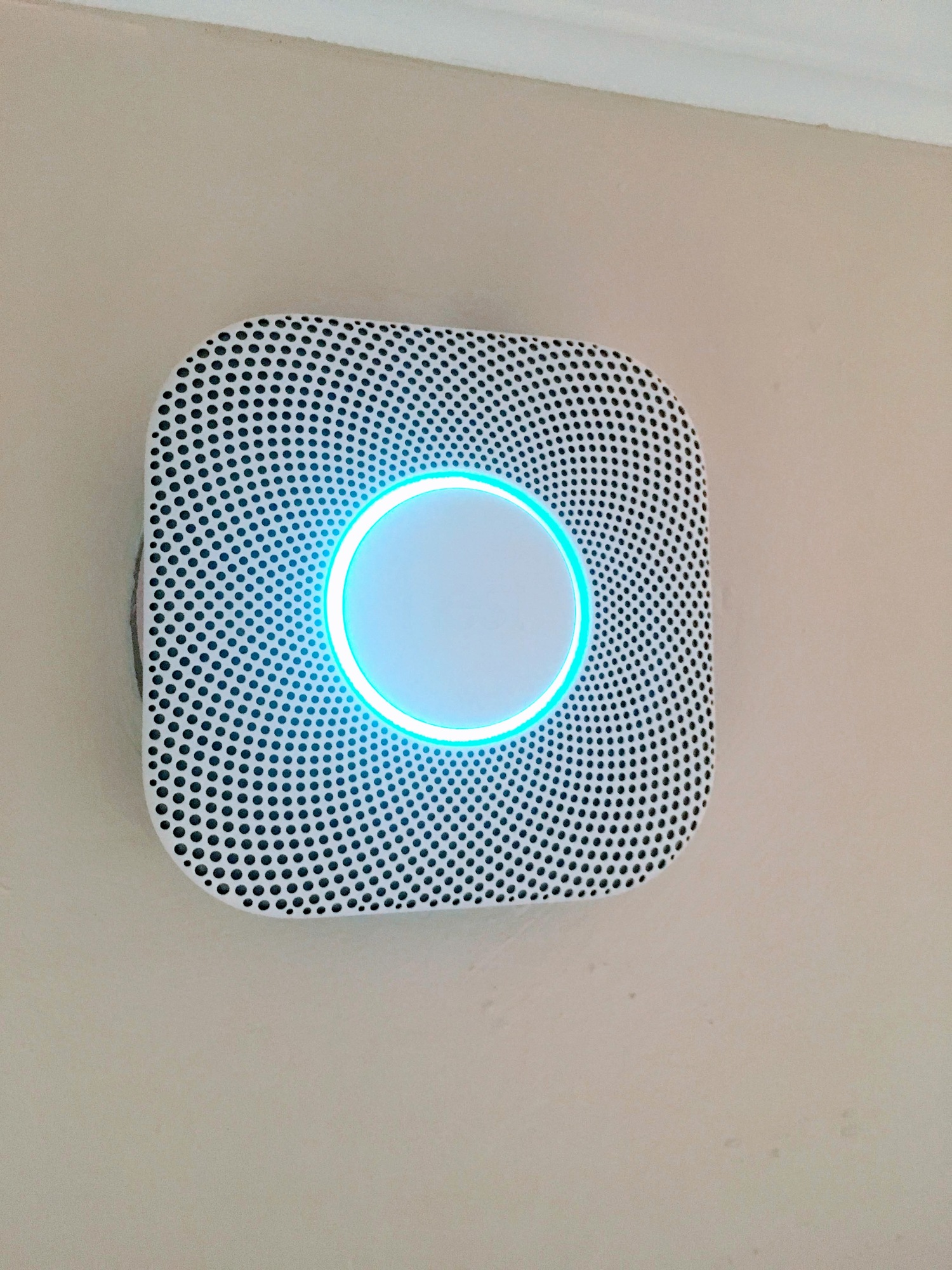
As Daylight Saving Time ends on Sunday, November 3, the Firefighters Association of the State of New York is urging New York residents to check their smoke detectors and carbon monoxide alarms as they set their clocks back one hour.
Alarms with removable batteries should have their batteries replaced, those with alarms that have sealed-in batteries should ensure all alarms are functioning, and any detector over 10 years old should be replaced.
Working smoke alarms could make the difference between life and death in a home fire. According to the National Fire Prevention Association, the risk of dying in a home without working smoke detectors is 55 percent higher than in a home with fully functioning alarms. Additionally, three of every five home fire deaths are in residences without working smoke alarms.
In 2019, New York State enacted legislation that required all new smoke detectors sold to contain 10-year, nonremovable batteries that discourage tampering. If you’re not sure when you last replaced the batteries or bought a smoke alarm, FASNY encourages purchasing a new one.
When New York State enacted the state’s first smoke alarm laws in 1961, fire-related deaths fell by half. However, according to the U.S. Fire Administration, New York State is currently third in the nation with 98 residential fire deaths in 2024.
This time of year typically brings an uptick in home fires due to issues with home heating equipment, portable space heaters, cooking, smoking, unattended open flames, holiday decorations and winter storms.
“The holidays are a time to gather and celebrate, but it is also the most dangerous time of the year for home fires,” said FASNY President Gene Perry. “To keep everyone safe, we urge all New Yorkers to check their smoke alarms and carbon monoxide detectors every month.”
Smoke alarms provide critical minutes to escape the home in an emergency. Another vital tool is a carbon monoxide detector, which can warn of a silent but deadly gas build-up in the home.
“Unfortunately, we do see the majority of home fire fatalities in homes with no smoke alarms or in homes where they aren’t working properly,” Perry said. “Daylight Savings is a great reminder to do a safety checkup on the home, ensure smoke alarms and CO detectors are working, and ensure everyone knows how to get out of the home in an emergency.”
Safety Tips Provided by FASNY and the National Fire Protection Association (NFPA):
● Install smoke alarms in every bedroom. They should also be outside each sleeping area and on every level of the home. Install alarms in the basement.
● Large homes may need extra smoke alarms.
● It is best to use interconnected smoke alarms. When one smoke alarm sounds, they all sound.
● Test all smoke alarms at least once a month. Press the test button to be sure the alarm is working.
● Current alarms on the market employ different types of technology including multi-sensing, which could include smoke and carbon monoxide combined.
● Today’s smoke alarms will be more technologically advanced to respond to a multitude of fire conditions, yet mitigate false alarms.
● A smoke alarm should be on the ceiling or high on a wall. Keep smoke alarms away from the kitchen to reduce false alarms. They should be at least 10 feet (3 meters) from the stove.
● People who are hard-of-hearing or deaf can use special alarms. These alarms have strobe lights and bed shakers.
● Replace all smoke alarms when they are 10 years old.